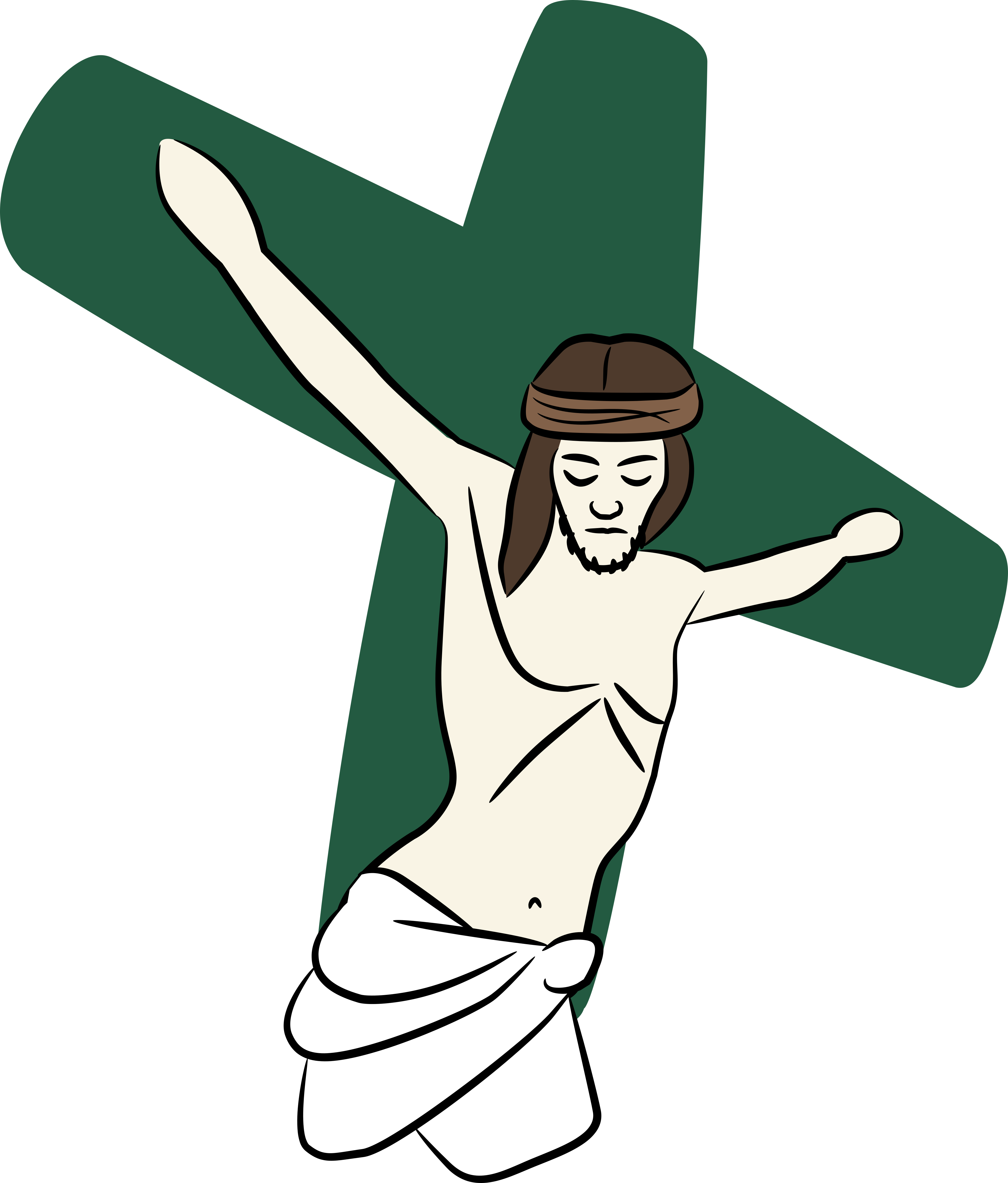The Three Holy Days (Triduum Sacrum)
The Triduum Sacrum, or the “Three Sacred Days,” are
Maundy Thursday, Good Friday, and The Easter Vigil.
Join us each evening at 7 pm
For the Church, these three services are observed as one extended Service. The history of the Triduum Sacrum is significant and unites the Christian with the rich liturgical worship of the Church of the ages in her holiest time.
Maundy Thursday
The Divine Service on Maundy Thursday is the service of the Institution of the Sacrament of the Altar, celebrated in the evening. This Service of the Institution begins with the Invocation, but there is no Benediction. The word “Maundy” comes from an older word that means “command.” It is derived from the Latin mandatum novum, “a new command,” our Lord’s Words in St. John 13.34. On this night, Thursday night of Holy Week, our Lord instituted the Sacrament of the Altar. Our Lord’s suffering in the garden, His betrayal and arrest followed (see St. Matthew 26.17-75). The strong connections between the Passover meal and the Institution of the Sacrament of the Altar provide an important setting for Maundy Thursday.
While the Gospel of St. John does not include an account of the Institution of the Sacrament of the Altar as do the other Gospel accounts, the “High Priestly Prayer” that Jesus prayed in the upper room before His betrayal and arrest, is found only in St. John (13.31-18.26). At the end of the Maundy Thursday Divine Service, the altar is stripped, representing the stripping, humiliation and torture of our Lord. During the stripping of the altar, Psalm 22 is chanted while the congregation sits in silence.
Good Friday
Good Friday continues the Triduum Sacrum, without Invocation or Benediction. Many churches observe the Tre Ore on Good Friday, or the “three hours” of darkness during which our Lord hung on the cross (from the sixth hour until the ninth hour, see St. Matthew 27.45, St. Luke 23.44). On Good Friday it is customary that the ancient “Reproaches” are chanted. The seven statements our Lord made while
hanging on the cross are the customary focus of Good Friday, as the Passion according to St. John provides the Gospel reading. Good Friday is one of only two days of the Church Year that black paraments (if they are available) are use
The Easter Vigil
The Easter Vigil is celebrated in the late evening on Holy Saturday or the early morning of Easter Sunday. It is a candlelight Service, and during the Vigil the first proclamation of Christ’s Resurrection is made. This is done before the sun comes up on Easter morning, since “… on the first day of the week Mary Magdelene went to the tomb early, while it was still dark, and saw that the stone had been taken away from the tomb.” (John 20.1) Our Lord’s Resurrection preceded the sunrise on Easter morning. When the women arrived at the tomb, He had already risen! The paraments that were stripped on Maundy Thursday and replaced by black on Good Friday are now bright gold or white. Easter Vigil begins with the Service of Light, when the light of Christ enters again into Nave, still dark from Good Friday. The great Easter Exulstet, chanted during the Service of Light, proclaims the joy of the Holy Church over God’s great acts of salvation. Traditionally, it is at the Easter Vigil when catechumens are baptized and received, for the first time, at the Lord’s Table.
The Feast of the Resurrection of our Lord is observed on Easter Sunday morning at or after sunrise. It is a glorious proclamation and celebration of the Resurrection of Jesus Christ, in which our risen Lord brings His saving Gifts to us. The Gospel reading is St. John 20.1-18, the account of the empty tomb. The Gloria in Excelsis, the Gloria Patri, and the Alleluias, omitted during Passiontide and Lent, return to the Divine Service as the Church joyously celebrates the Resurrection.
The Feast of the Resurrection of our Lord begins Eastertide, a six-week season during which time the altar is vested with white paraments. Victimae Paschali, or “Paschal Victim,” is the sequence hymn for Easter. This ancient hymn (written by Wipo of Burgundy in the eleventh century) has been sung for almost 1000 years before the Gospel reading on Easter.
“Christ indeed from death is risen, our new life obtaining. Have mercy, Victor King, ever reigning!” The Lord is Risen!
Recommended Posts
The Story of Lent Altar Paraments and Vestments
March 04, 2020
05.29.2025 The Ascension of Our Lord
May 22, 2025
05.25.2025 The Sixth Sunday of Easter
May 22, 2025

